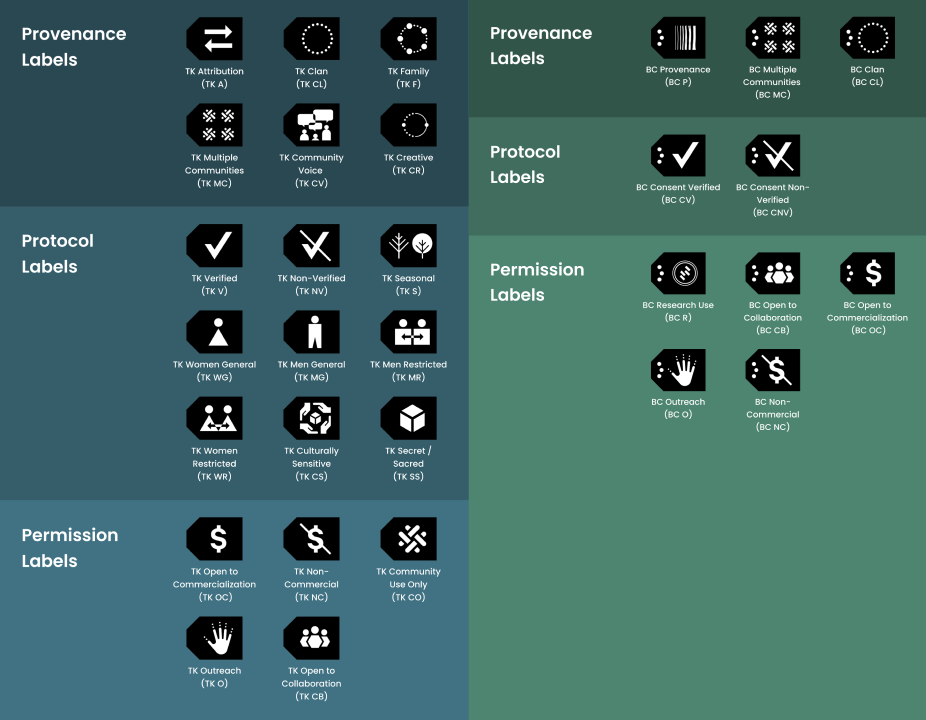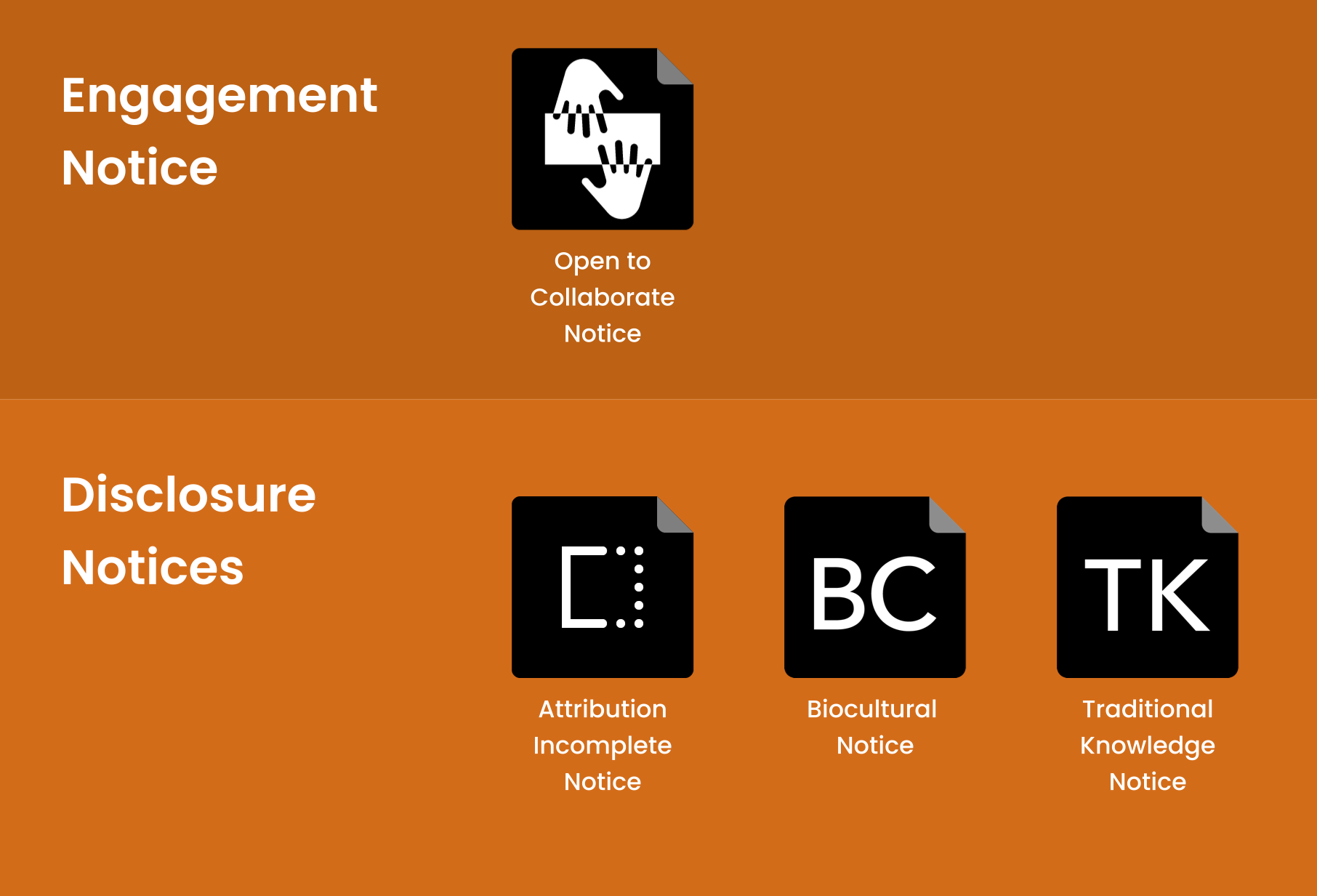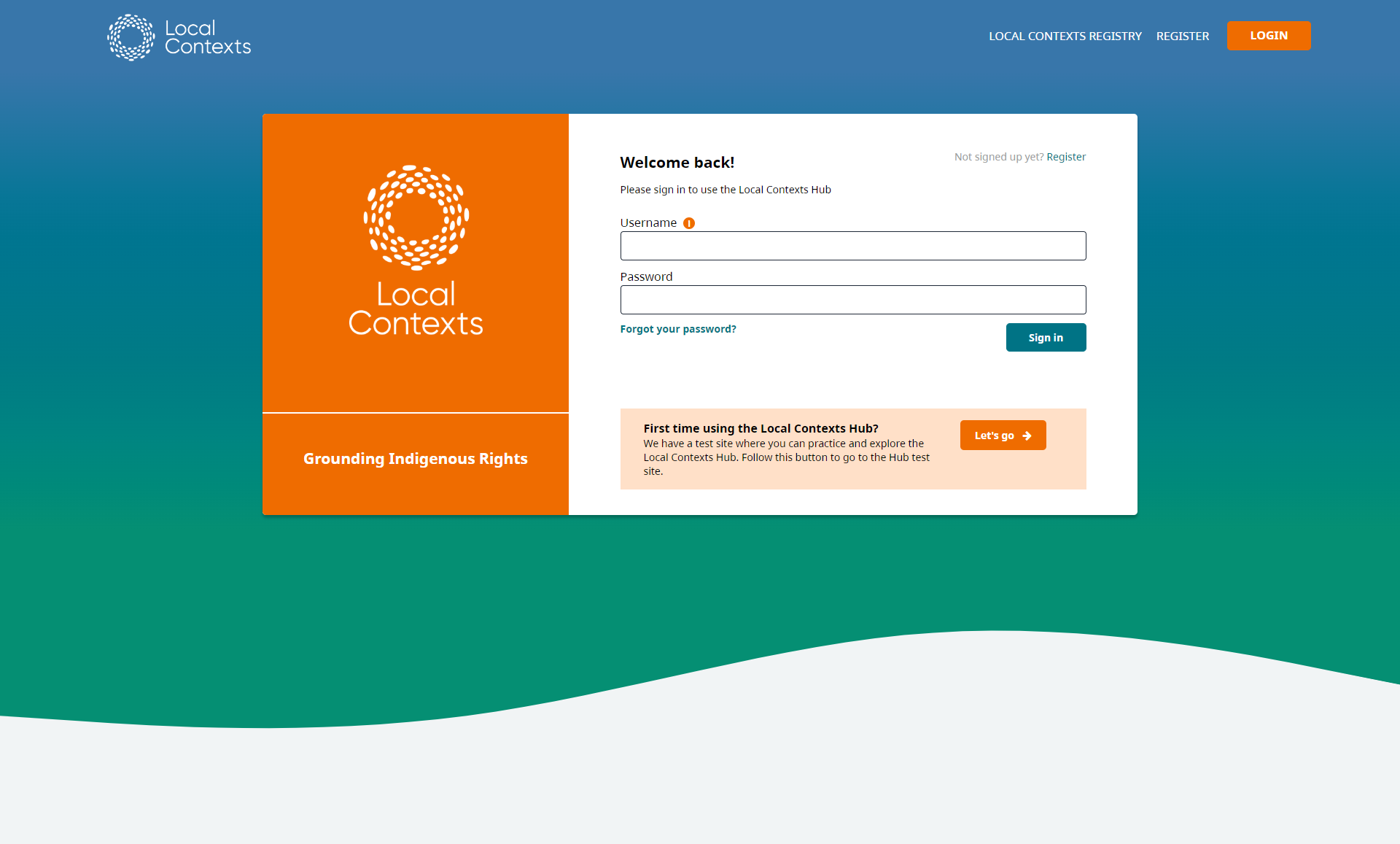Traditional Digital Content Lifecycle
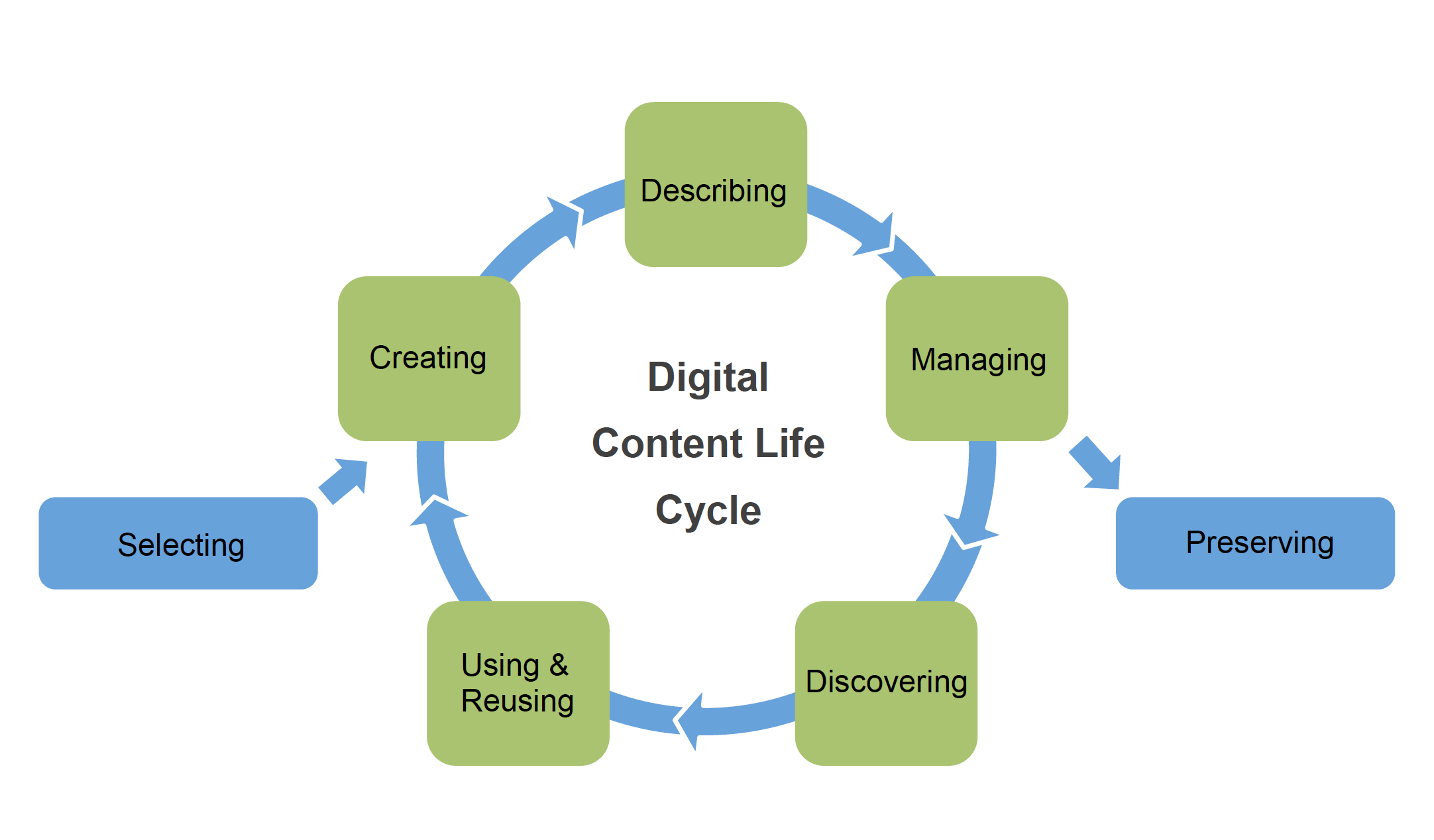
The traditional digital content lifecycle as represented in this image is a cycle unto itself – what matters most in this representation model is the process, not the multiple histories and contexts that inform the way in which content has entered into this digital life cycle. For Native/First Nations collections these histories and contexts continue to exert themselves in subtle and not so subtle ways. This persistent echo of history and context is one of the reasons why the traditional model does not work effectively for Native/First Nations collections as it moves into the digital realm. Moreover, the very actions of ‘discovery’, of ‘creation’ and of ‘management’ have culturally specific presumptions about where this content comes from and who has rights to access, modify and reuse.
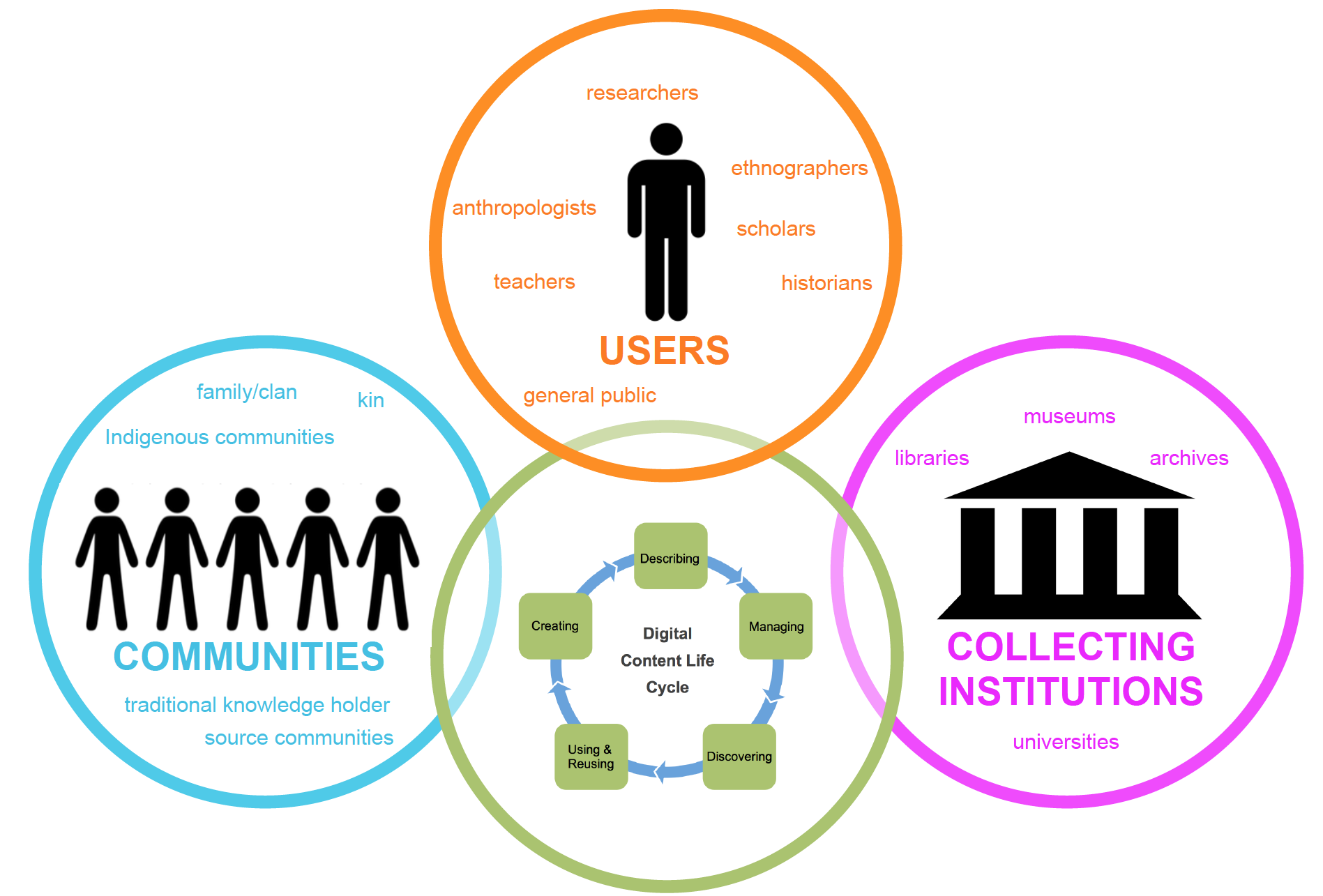
For Native/First Nations collections, history and context matter and continue to inform cultural heritage collections in the present. This traditional digital life cycle always-already exists within a matrix of protocols and responsibility, researcher production and control and institutional management. Making visible these relationships of production and management (see image) also highlights key stakeholders invested in developing future models for collaboration over content management and informed sharing: communities, collecting institutions and users. These are the key audiences for the Local Contexts project and for whom the Local Contexts and the TK Labels seek to support. In the traditional model, when made visible, these stakeholders barely engage with each other. Because of the way in which Native/First Nations collections have been constructed as the same as all others, there is no mechanism which bridges these different histories, expectations and uses of the collections.




